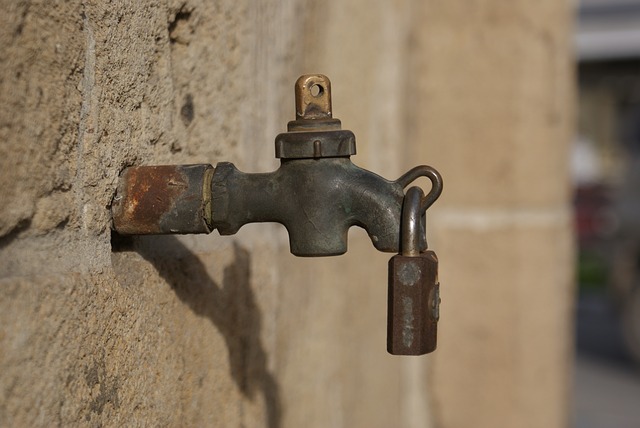Brother, Can You Spare a Cup of Water?
Posted on November 14, 2018

Humanity depends on three critical threes: Without oxygen, most humans will die within three minutes; without water, life expectancy is three days; without food, we’ve got three weeks.
Few Americans give three seconds of thought to any of these life-ensuring elements because, here, food is safe and plentiful, air quality laws are in place and enforced, and water, for most of America, is safe, bountiful, and relatively cheap.
In fact, water is so accessible and so cheap in the U.S. that the average American uses twice as much of it per year—or about 740,000 gallons (gals.)—than the average person elsewhere around the world. The nation as a whole guzzles a staggering 322 billion gals. per day.
That’s right; 322 billion gals. per day, according to the U.S. Geological Survey’s (USGS) June 2018 report on the nation’s water usage. That’s the equivalent of the state of Rhode Island, or 988,000 acres, covered with one foot of water.
And that’s every day.
Here’s the good part of that massive number: it’s nine percent less than we used in 2010 and, incredibly, 100 billion gals., or nearly 25 percent, under the nation’s peak daily usage of 430 billion gals. in 1980. Indeed, we now use about the same amount of water each day as we did in 1965 when there were 133 million fewer of us. Unbelievable.
Equally shocking is where exactly the largest cut in water usage across those decades has occurred. “The decline in total [water] withdrawals in 2015 primarily was caused by significant decreases, 28.8 billion gals/day, in thermoelectric power, which accounted for 89 percent of the decrease…”
In short, society’s move to greener, renewable energy, especially solar and wind, combined with less and more efficient nuclear and fossil fuel electricity generation, is great for water conservation. It’s an elemental and critical bonus rarely mentioned in any climate change debate.
Still, USGS notes, “thermoelectric power” claims 133 billion gals. of the nation’s daily water use, or about 41 percent.
The second biggest water user in the U.S. is, you guessed it, you. According to the most recent USGS survey numbers, American irrigators “withdraw” 118 billion gals. of water daily while the U.S. livestock sector slurps another two billion gals. a day. That 120 billion gals. per day easily outdistances the third largest user, the “public,” at 39 billion gals. per day.
Like the power industry, however, irrigation withdrawals are now lower than the peak withdrawal of 150 billion gals. per day in 1980. The savings is almost entirely attributable to more efficient irrigation systems—drip and micro- are two key technologies—that use less water but irrigate nearly 56 million acres, or 10 percent more land than 40 years ago.
None of these trends suggest we can get sloppy with how we use water. Strikingly, the biggest irrigation user by acres, according to the Department of Agriculture’s July 2018 “Irrigation and Water Use” report, is corn, accounting for “roughly 25 percent of total U.S. irrigated acreage” in 2012, the latest numbers.
Many of those irrigated acres, however, are also irrigated with government farm policies that underwrite irrigation’s extra costs. Key to today’s corn economics are ethanol blending mandates, a sugar program that supports corn syrup production, and subsidized revenue insurance to backfill farm income holes. The reduction or loss of even one of these programs almost guarantees a substantial cut in irrigated corn acres.
An even bigger threat to the nation’s water system is the ongoing failure to update its leaky, worn out infrastructure as population grows, climate change continues, and all government entities face more pressure to cut spending. A recent Environmental Protection Agency study estimates that the U.S. needs to spend $632 billion on its water and wastewater infrastructure in the next decade just to maintain today’s service. Others estimate the cost at $1 trillion.
Is there a singular, great option out there? Not really, but you have three days to think about it before nature decides for you.
© 2018 ag comm

Yes thank You Alan for doing the math
Now what ?
What do we grow all that corn for ?
Most of that corn is grown to fatten
cattle before butcher ?
How much water does it take to ‘grow’
a pound of beef flesh ?
‘Cowspiracy’ notes that cattle are not sustainable.
Let’s pay attn to the pink elephant in the room … Canadians need to wake up ! Following American Ag experts like yourself is not the solution.
Women are not attracted to agriculture because of the incessant lies, the unsafe work conditions and the minimal reward at the end of the day.
Let’s face it … we ought to be drinking water and eating less cheese burgers !
Look at the food the farmers eat …
We can return to Eden by growing a garden !